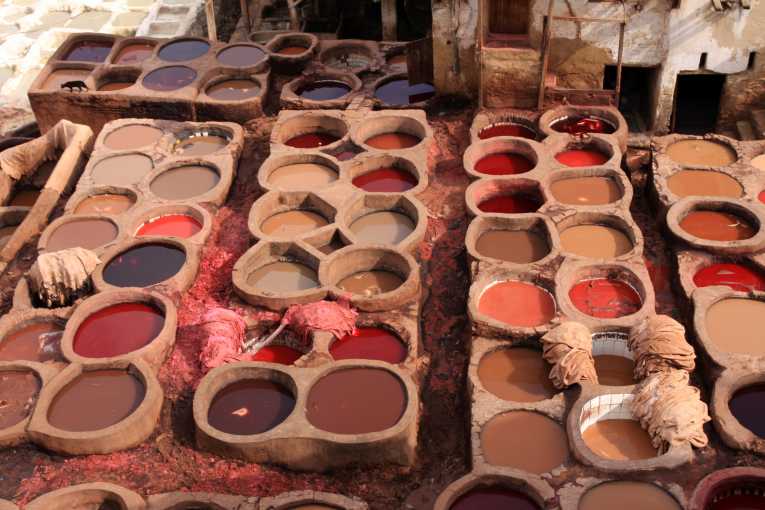Over half of India's leather industry surrounds the Ganga river basin.
Through Utter Pradesh and West Bengal, treatment plants turning raw hide into a preserved material suitable for designers and manufacturers across the world. The leather trade plays a integral role in the country's economy. In West Bengal alone there are 600 tanneries employing and 20,000 units manufacturing leather products. They employ 200,000 people.
Yet the environmental impact of the industry on the Ganga River on which is rests has long been a thorn in the side of the Indian government. To preserve the leather, numerous chemical treatments need to be employed. From soaking and lining the hide, to de-hairing and de-lining it, removing the grease and pickling the hide it is a long process, of which salt is a key ingredient.
The government estimates 3000 tonnes of salt are used to preserve 5000 tonnes of raw hide. The problem is 90% of this salt, evacuated from the tanneries as waste product, finds its way into river and groundwater systems causing pollution and contamination.
Environment minister Jairam Ramesh has now promised to tackle the issue, putting the leather industry on a two year watch programme.
In Kanpur this week, Ramesh visited the Common Effluent Treatment Plant in Jajmau. There he announced the city was to become the first to adopt a new patented system designed to remove the the need for salt in the preservation process of the leather.
Lyophilisation has been patented by the government's Central Pollution Control Board, which counts the management of rivers and reduction in their pollution levels as just one of its responsibilities.
The process preserves the leather removing the need for salt, reduces the amount of water needed and also the chromium intake. Better for the environment and more cost-effective.
Over the next two years, Ramesh has said he wants over 900 lyophilisers to be rolled out across the region.
At this stage he is keen for the takeup to be on a voluntary basis, aware that there needs to be a balance between the environmental measures in place and the opportunity for the leather industry to grow.
Top Image: Tannery. Credit: © Goran Bogicevic










